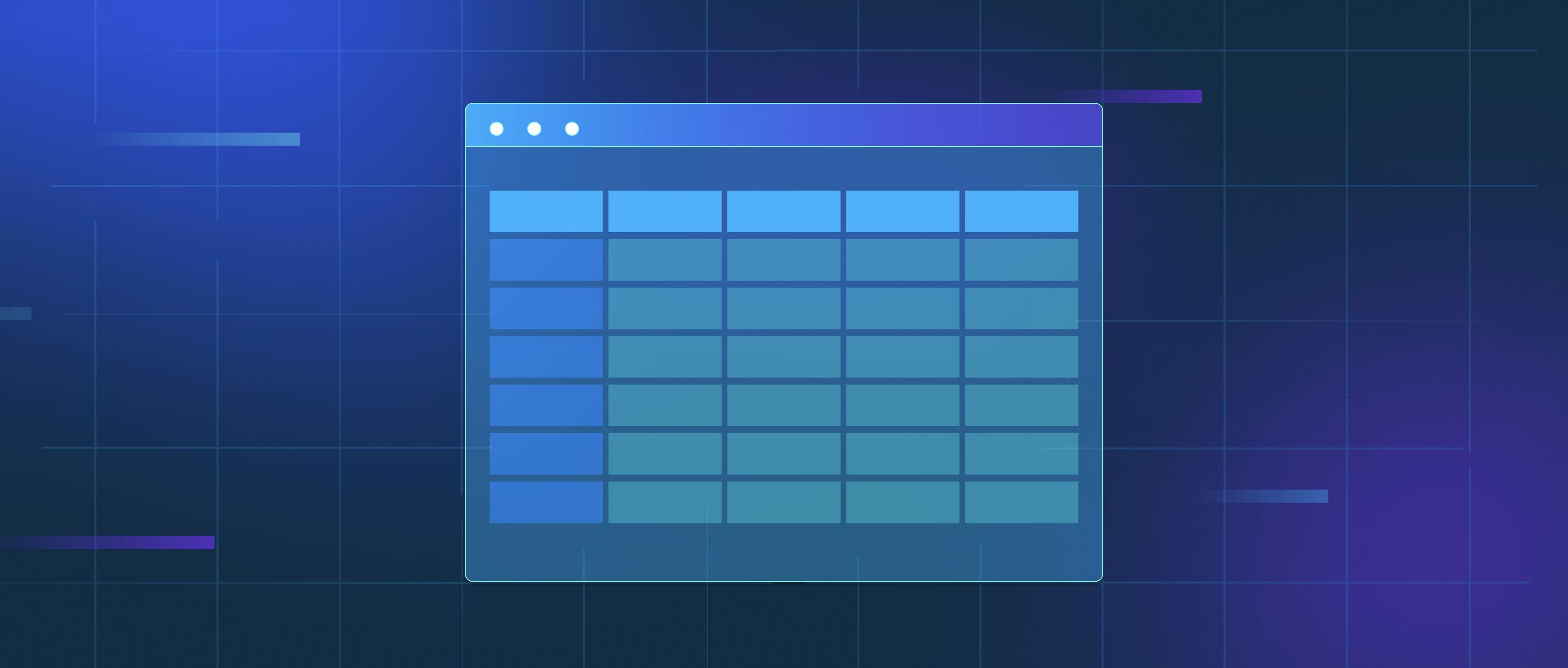To train a custom model using OpenAI’s fine-tuning API, you first need access to the API and the required dataset. The dataset should consist of input-output pairs formatted as text, which represents the specific tasks or data you want the model to learn from. OpenAI provides guidelines on how to structure this data, typically in JSONL (JSON Lines) format. Each line in the file should contain a “prompt” and a corresponding “completion,” which is the response you want the model to generate when given that prompt. By gathering and formatting this dataset, you lay the groundwork for fine-tuning.
Once you have your dataset ready, the next step involves uploading it to OpenAI using their API. You can accomplish this with a simple API call to create a file, which allows you to upload your JSONL file containing the training data. After successfully uploading the file, you can initiate the fine-tuning process. This involves making another API call to create a fine-tune job, where you specify the model you wish to fine-tune and the file you just uploaded. OpenAI will then process the job, and you can monitor its status via the API.
After the fine-tuning job is complete, you can use your custom model through the OpenAI API just like you would with any other model. You can make predictions by sending prompts to your newly trained model, and it should now provide outputs tailored to the specific dataset you used for training. It’s important to experiment with different datasets and prompts to see how well the model performs and make adjustments as necessary based on the results you observe. This iterative process will help improve the quality of the responses your custom model generates.
